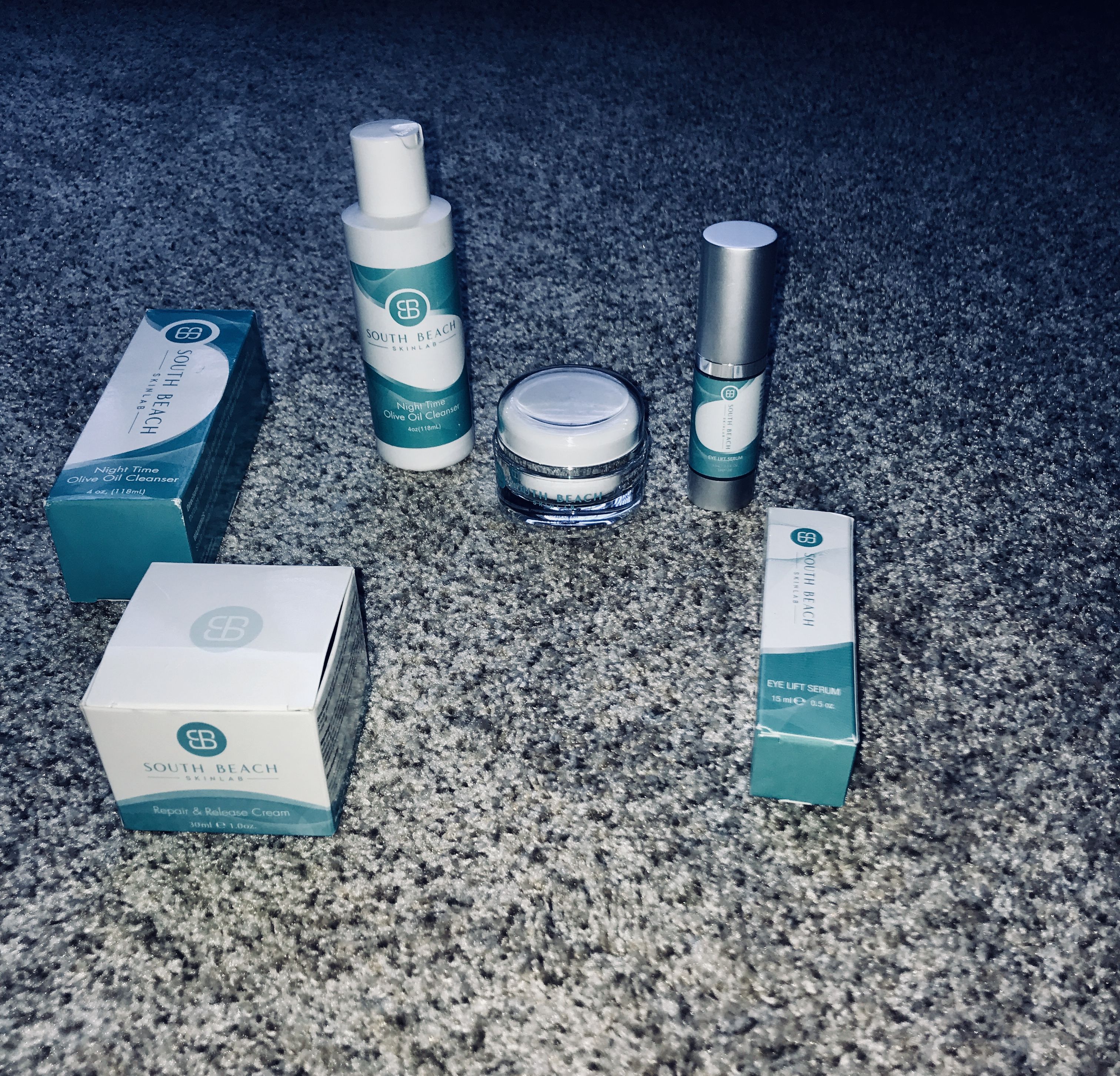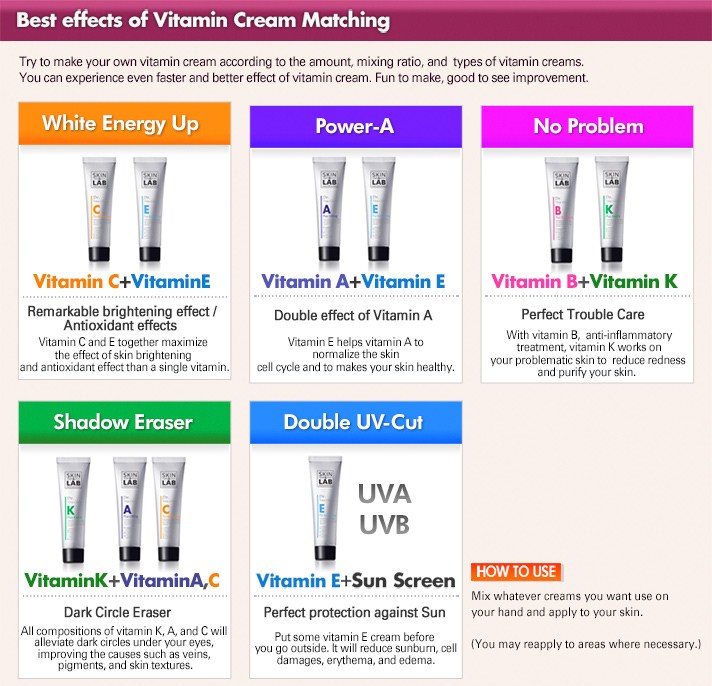

elegans, and for generating transgenic nematode strains by both microinjection and gene bombardment. This chapter contains protocols for microinjection of C. For transformation, the relatively new technique of gene bombardment is fast becoming a popular alternative because transgenesĪre often integrated into the genome at low copy number, which offers a number of advantages as described below ( Praitis et al., 2001 Berezikov et al., 2004). Moreover, microinjection is a very effective approach to RNA interference (see Reverse genetics), and can be used to deliver synthetic mRNAs or other molecules directly to cells ( Kimble et al., 1982 Bossinger and Schierenberg, 1992 Evans et al., 1994). Microinjection is a proven and relatively simple method for introducing DNA into worms ( Mello et al., 1991 Mello and Fire, 1995). Loci can occur at low frequency suggesting that targeted gene replacement is possible ( Broverman et al., 1993 Berezikov et al., 2004). However, homologous recombination into endogenous Current transformation techniques generate large extrachromosomalĭNA arrays, or cause "random" integration of transgenes into the genome.

Transgenes can be powerful tools for the design of new genetic screens. Tagged proteins, to study structure/function of protein domains, and to analyze DNA or RNA regulatory elements. Transformation is used to clone genes by mutant rescue, to over-express or ectopically express genes, to express ReferencesĭNA transformation and microinjection are essential tools for C. Future prospects: Targeted gene replacement 9. DNA transformation by gene bombardment 7.1. Integration by co-injection with single-stranded oligos 7. Integration of arrays by UV irradiation 6.4. Integration of arrays by gamma irradiation 6.3. Integration of extrachromosomal arrays 6.1. Formation of complex arrays by microinjection 6. DNA transformation: Creating complex arrays by microinjection 5.1. Formation of repetitive arrays by microinjection 5. DNA transformation: Creating repetitive extrachromosomal arrays by microinjection 4.1. General considerations for DNA transformation 2.1.


 0 kommentar(er)
0 kommentar(er)
